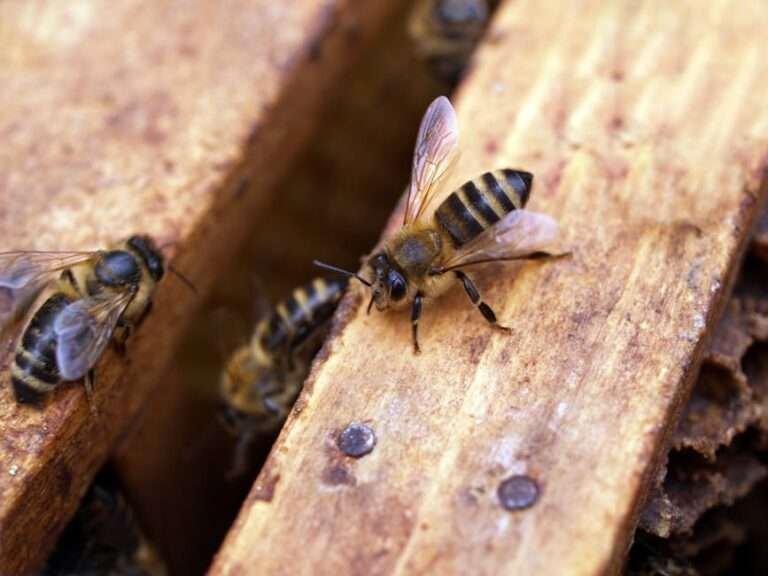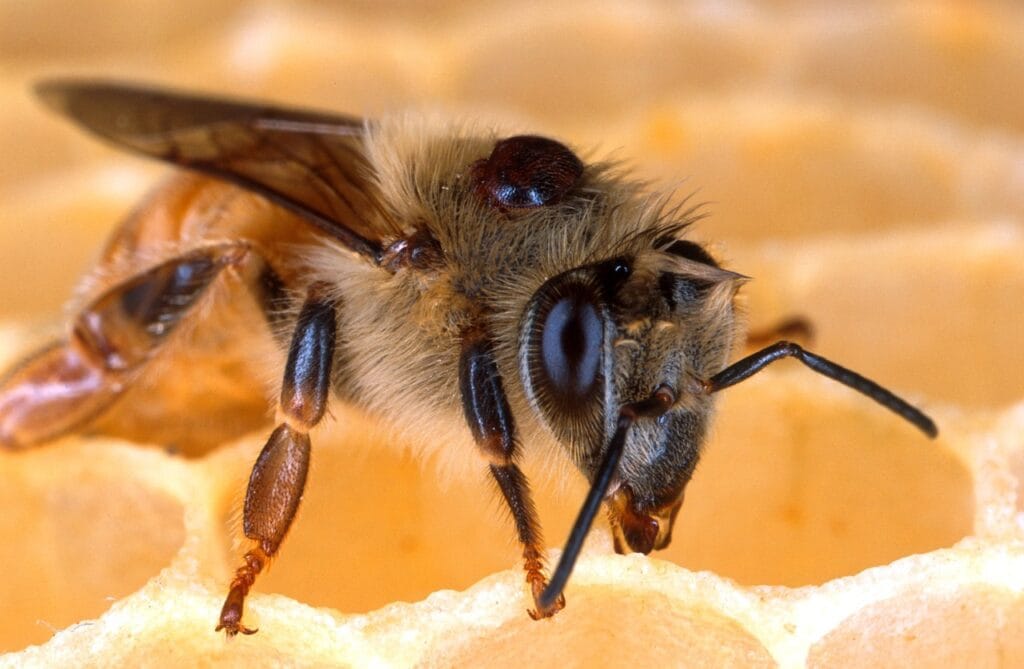Here’s how the use of natural oils like thymol compares to synthetic miticides in efficacy
Natural oils like thymol are widely used as “soft” (organic) miticides, while synthetic miticides (such as amitraz or pyrethroids) represent traditional “hard” chemical controls.
Their efficacy differs based on mode of action, environmental conditions, and practical application:
1. Efficacy of Thymol and Natural Oils
- Thymol products (e.g., Apiguard, ApiLife Var, Thymovar) have reported average field efficacy against Varroa mites in the range of 70–90%, especially with proper application and when temperature conditions are within 15–30°C (ideal: 20–25°C). Some composite products with thymol and other essential oils (such as ApiLife Var) reach efficacy levels above 90% and perform more consistently across environmental conditions[1][2].
- Other essential oils—like manuka, peppermint, oregano, and cinnamon—have also demonstrated strong varroacidal action under lab conditions, sometimes even surpassing thymol in selective mite toxicity. However, their practical field use and registration are more limited[3][4].
- Thymol and most essential oils pose a much lower risk of resistance buildup and leave minimal residue in hive products, but their efficacy can drop substantially if used outside recommended temperature ranges or with improper dosing[1][2].
2. Efficacy of Synthetic Miticides
- Synthetic miticides such as amitraz (Apivar), fluvalinate (Apistan), and coumaphos (CheckMite+) typically achieve 80–99% efficacy in mite kill when first introduced and used per label directions[2][5].
- Synthetic miticides are less dependent on environmental conditions for success but carry risks of mite resistance over time, as well as the accumulation of chemical residues in wax and honey[2].
- Field studies confirm amitraz often outperforms thymol alone in single-season kill rates, with amitraz efficacy reported as high as 81.3% in direct field comparisons, while thyme oil reached about 71.9% and other essential oils slightly less[2].
3. Practical Considerations
- Thymol-based treatments are preferred when minimal residues, resistance management, or organic certification are priorities, and are best used in rotation with other modes of action.
- Synthetic miticides are reserved for heavy infestations or when soft chemicals fail, with careful attention to resistance development and application restrictions, especially during honey flows.
Comparison Table
| Miticide Type | Average Efficacy | Resistance Risk | Residue Risk | Temperature Sensitive | Example Products |
| Thymol (natural) | 70–90% (up to 90% in blends)[1][2] | Low | Minimal | Yes (15–30°C) | Apiguard, ApiLife Var, Thymovar |
| Synthetic | 80–99%[2][5] | High with overuse | Higher | No/Low | Apivar, Apistan, CheckMite+ |
Summary:
Thymol and certain essential oils provide good but slightly lower average control of Varroa mites compared to synthetic miticides, with reduced risk of resistance and contamination.
Their success depends on optimal environmental conditions and correct application, making them excellent for sustainable, integrated Varroa management, while synthetics deliver higher kill in the short term but risk more long-term problems[1][2][3][5][4].
⁂



